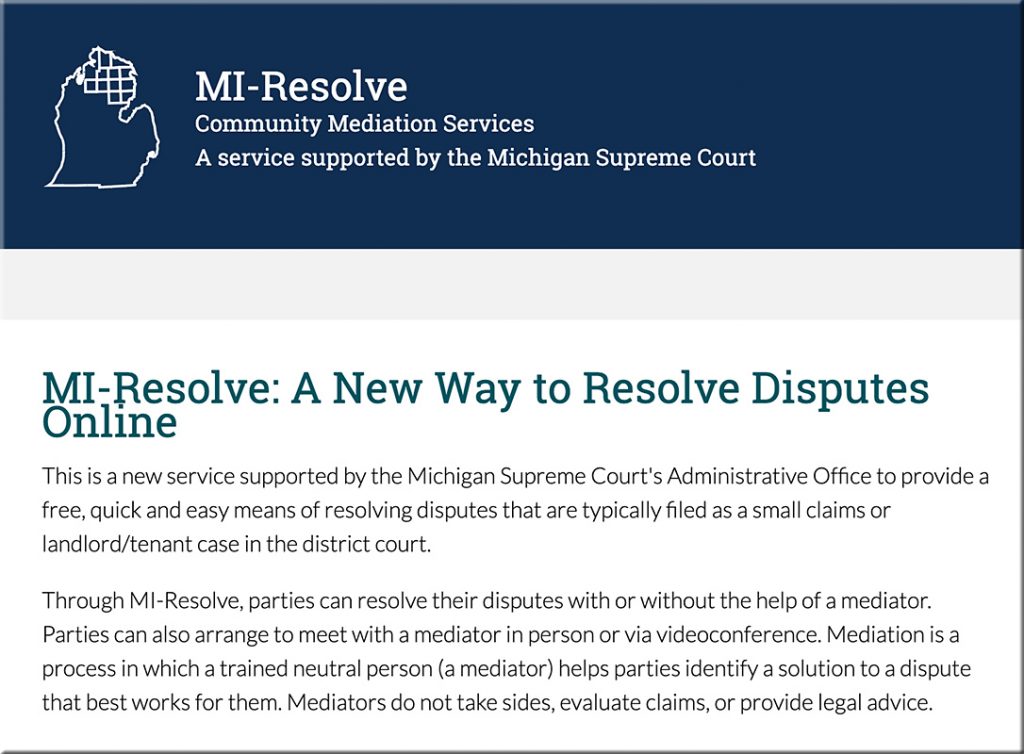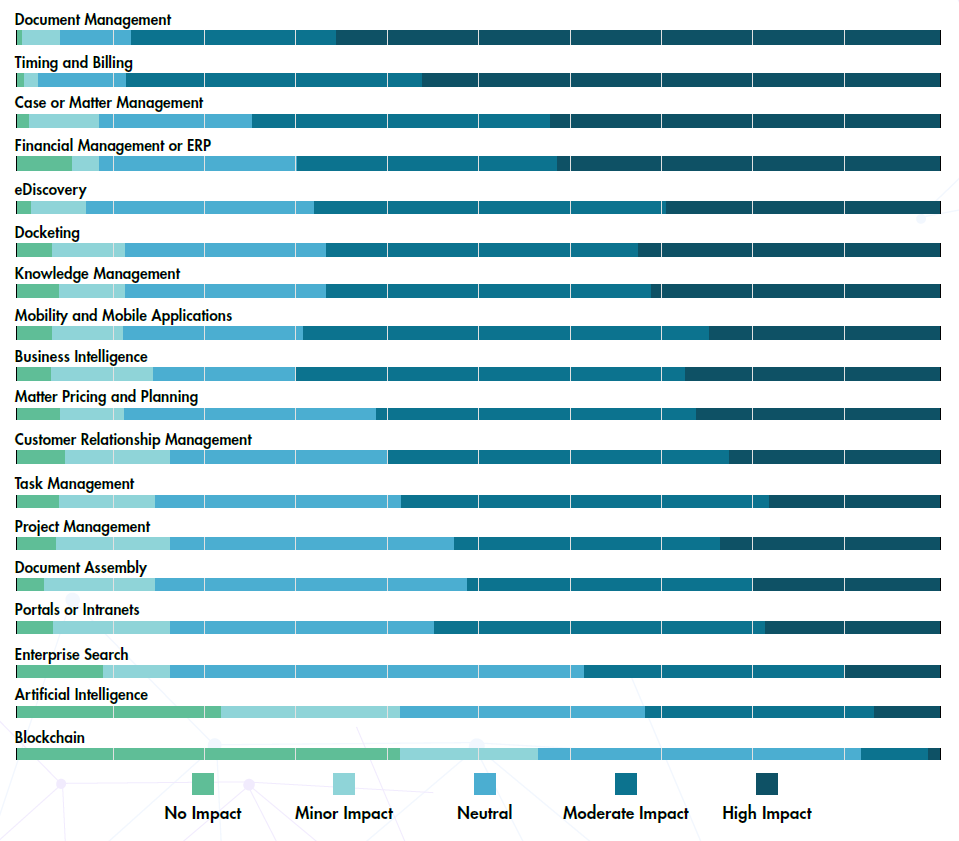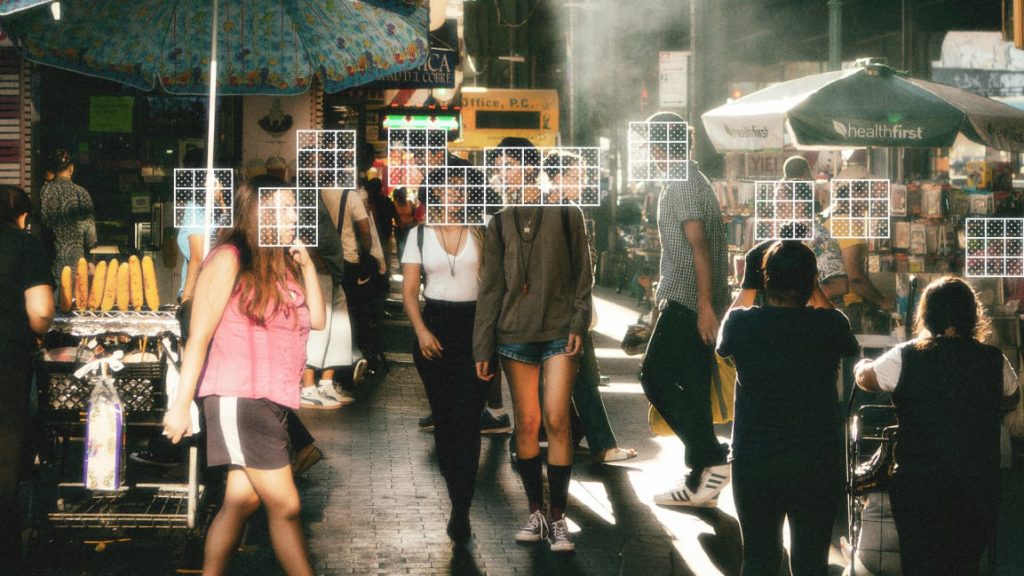Autonomous robot deliveries are coming to 100 university campuses in the U.S. — from digitaltrends.com by Luke Dormehl
Excerpt:
Pioneering autonomous delivery robot company Starship Technologies is coming to a whole lot more university campuses around the U.S. The robotics startup announced that it will expand its delivery services to 100 university campuses in the next 24 months, building on its successful fleets at George Mason University and Northern Arizona University.
Postmates Gets Go-Ahead to Test Delivery Robot in San Francisco — from interestingengineering.com by Donna Fuscaldo
Postmates was granted permission to test a delivery robot in San Francisco.
And add those to ones formerly posted on Learning Ecosystems:
- Amazon patents ‘surveillance as a service’ tech for its delivery drones — from theverge.com by Jon Porter
- This futuristic driverless pod will soon be delivering pizza in Texas — from digitaltrends.com by Trevor Mogg
- Amazon is creating detailed 3D models of suburbia to train its new delivery robots — from theverge.com by James Vincent
‘Eventually, we’ll be delivering around the world.’
From DSC:
I’m grateful for John Muir and for the presidents of the United States who had the vision to set aside land for the national park system. Such parks are precious and provide much needed respite from the hectic pace of everyday life.
Closer to home, I’m grateful for what my parents’ vision was for a place to help bring the families together through the years. A place that’s peaceful, quiet, surrounded by nature and community.
So I wonder what kind of legacy the current generations are beginning to create? That is…do we really want to be known as the generations who created the unchecked chaotic armies of delivery drones, delivery robots, driverless pods, etc. to fill the skies, streets, sidewalks, and more?
I don’t. That’s not a gift to our kids or grandkids…not at all.













